Cedric Botelho, a choreographer and creative director, has taken an inspiring journey from his small-town roots in France to the dance scene in Los Angeles. With a background in law and a passion for dance, Cedric’s career trajectory is a reminder of the unexpected paths that can lead to success. Here’s an inside look at his journey, creative process, and advice for aspiring dancers.
Q: Cedric, your journey into dance is fascinating. Can you share how it all began? Was there a specific moment that sparked your passion?
Cedric: Honestly, I don’t remember a specific moment—it feels like I’ve always been dancing! Growing up, I loved performing for classmates and recreating moves from Michael and Janet Jackson videos. Dance was just for fun until high school, when I started choreographing routines with friends in a community space. Then a teacher from LA came to France to teach a master class, and that was a turning point. It opened my eyes to the possibilities of dance and made me realize I could pursue it seriously. Before that, everything I knew came from music videos and practice, but that class made me excited to learn more and grow as a dancer.
Q: Can you talk about your journey from law school to LA?
Cedric: People are surprised to hear I was in law school! I was studying International Business Law and nearly finished my Master’s degree when things shifted. The choreographer from the master class in France offered me a scholarship to take classes in LA. I told myself it would just be for the summer before starting my legal career. But within two weeks of being in LA, I performed at Carnival Choreographer’s Ball with Kenneth Marcus, and the next day, I got signed by an agency. That’s when I decided to take the leap and move to LA in 2010. It’s been 15 years now, and I’ve never looked back.
Q: What has kept you inspired over your 15 years in the industry?
Cedric: The creative process is what keeps me going. After spending seven years as a backup dancer, I transitioned into assisting choreographers and eventually found my path as a creative director. What also inspires me is growth. I’m always open to evolution in my career. I even see the potential for a full-circle moment where I could transition into a talent agent role, much like my original career in law. But for now, I’m passionate about creative direction. The freedom to express myself through dance, and the ability to help others find their voice through movement, really keeps me motivated. Every new project feels like a chance to learn something new and evolve in unexpected ways.
Q: Speaking of unexpected opportunities, how did you end up working on the Mufasa project?
Cedric: It happened so unexpectedly, like many moments in my career. I’ve worked with director Andrew Valentine for about nine years. We first connected through Trisha Paytas when she saw one of my videos and asked me to choreograph her music videos. Over time, as Andrew moved into directing films, he reached out to me about a “cool project” that needed a choreographer. After signing an NDA, I got the song, and I knew it was The Lion King—it was Mufasa, and that’s how I got involved. I had no idea what to expect, but I just knew it was going to be big. It was an incredible opportunity that came from years of building relationships and honing my craft.
Q: What was it like choreographing for Mufasa?
Cedric: Disney projects are intense. Everything is kept under wraps, and I didn’t know all the details at first. They gave me the track and a general vision, but I had one day to block it, one day to shoot it, and only two hours with the voice actors. It was a lot of pressure, but I thrive under that. My process for big projects is different from teaching classes—there’s no time to overthink. It’s all about trusting your instincts and adapting quickly. The timeline was tight, but the collaboration with everyone involved made it an amazing experience. It was all about creating something special in a limited time frame, and I loved every minute of it.
Q: How do you adapt your choreography when working with actors who are not dancers?
Cedric: Working with actors means quick adjustments. On set, we had a body double at first, then only two hours with the actual actors. It’s a whirlwind, but I thrive in that fast-paced environment. I make sure to adjust the choreography to fit them and ensure they understand the movement and energy quickly. I also spend a lot of time simplifying things so they can feel confident. It’s all about making them feel comfortable in a short amount of time, and I always try to create a supportive and fun environment to make the process smoother.
Q: How do you manage to create such an inclusive and dynamic environment in your classes?
Cedric: I focus on making sure my students have fun and feel comfortable. Dance is supposed to be fun, and I want my students to feel excited about coming to class. I always keep the energy light, and I make sure the class feels like a safe space for everyone, no matter their skill level. It’s important for me that my students feel like they belong and that they’re progressing in a way that’s comfortable for them.
Q: What’s your ultimate goal with your students and choreography?
Cedric: My goal is for my students to leave class feeling empowered and confident in their abilities. It’s not about perfection—it’s about enjoying the process and being proud of what you’ve accomplished. With choreography, I want to create something that’s fun, accessible, and impactful. It’s about making people feel something when they watch it. Whether they’re dancing or watching, I want them to feel a connection to the movement and the message behind it.

Q: You’ve had so many unexpected opportunities. How do you stay open to them?
Cedric: A lot of my opportunities, like Mufasa or even a Domino’s Pizza commercial, came out of nowhere. I’ve learned that sometimes the best things in life are the ones you don’t see coming. It’s important to stay open to new experiences, even if they don’t fit the typical mold. The key is to keep working hard, be adaptable, and stay curious. Every opportunity is a chance to grow, and sometimes the most unexpected ones can lead to something incredible. I’ve found that keeping an open mind and trusting the process has opened doors I never could have imagined.
Q: What advice would you give to dancers who aspire to become choreographers?
Cedric: Take your time. Be patient. There’s no rush to figure it all out. Choreography isn’t just about creating steps—it’s about understanding how to tell a story and visually communicate through movement. Learn from others, assist experienced choreographers, and take every opportunity as a chance to grow. Don’t see it as competition; there’s enough space for everyone. Most importantly, trust the process and allow yourself time to develop your voice as a choreographer.
___
You can take class from Cedric online on TMilly TV. Or join us when he teaches in-person at our LA studio!
(And since we’re here, follow TMilly TV and TMilly Studio on Instagram too!)


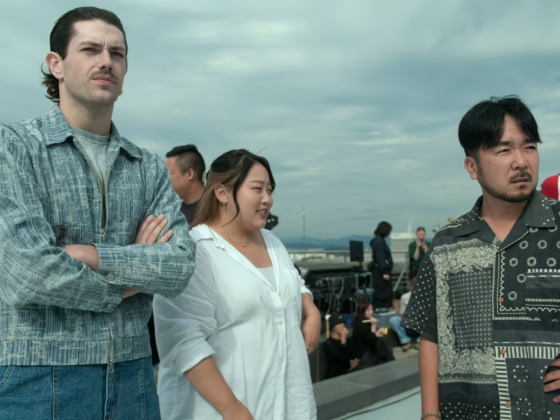

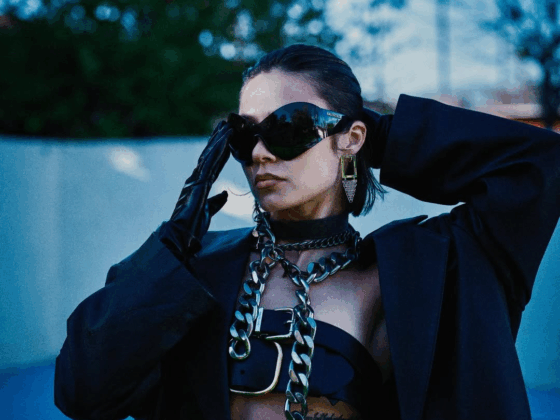
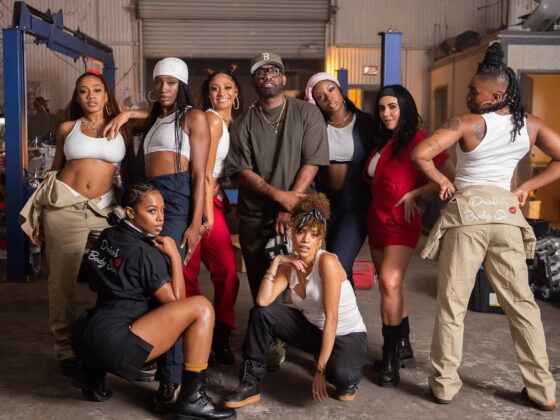

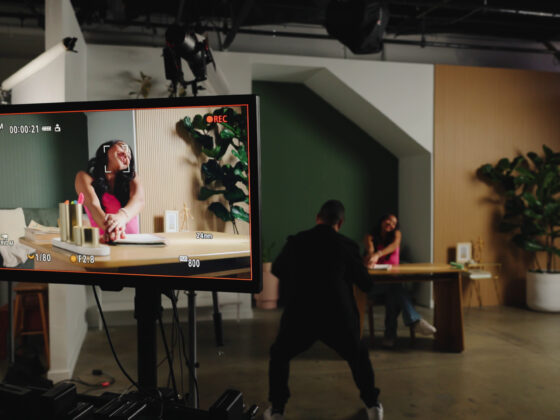
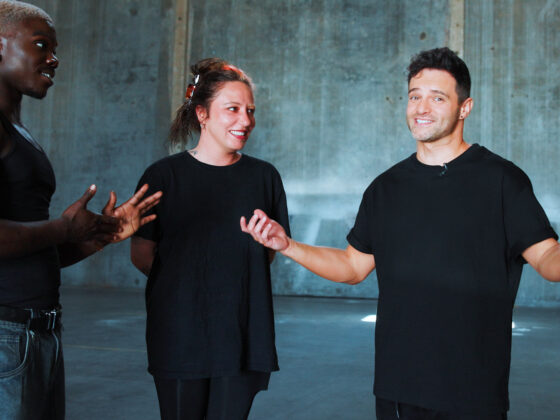
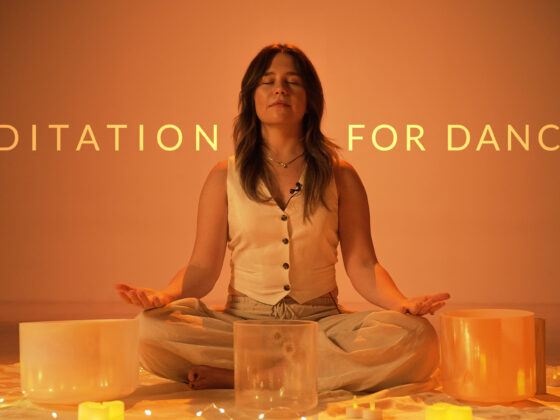
1 comment
Cedric Botelho’s journey from pursuing dance in LA to choreographing for Mufasa is nothing short of incredible.